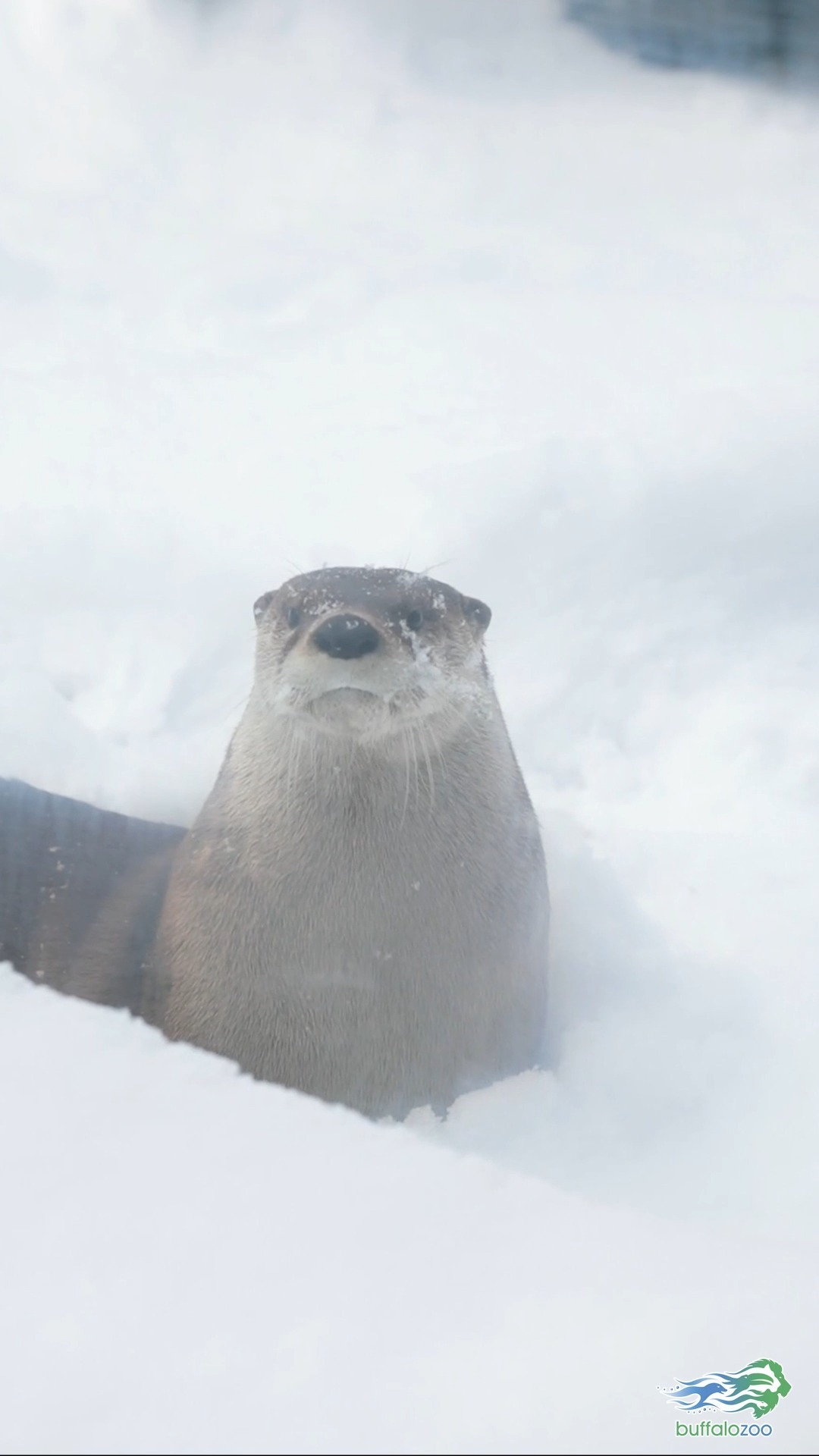- Introduction to Mindy and Poppy, their playful antics, and their love for snow.
- Anatomical adaptations of river otters for cold environments.
- The importance of snow for otters in their natural habitat.
- Conservation efforts and the role of education in protecting river otters.
- Insights into zoo management practices for these playful mammals.
Mindy and Poppy are a couple of charismatic river otters known for their spirited romps through freshly fallen snow. Their enthusiasm is infectious, capturing the hearts of many who witness their playful antics. This pair exemplifies the lively nature of North American river otters, animals whose lives are intricately tied to the environments in which they dwell. As these otters dive and frolic in the snow, they do so with adaptations specifically suited for such cold climates.
River otters, like Mindy and Poppy, have fascinating anatomical adaptations that enable them to survive and thrive in colder habitats. One of the most remarkable features of these mammals is their fur, which consists of two distinct layers. The outer layer is dense and water-repellent, providing the first line of defense against the chilling waters they often inhabit. This protective layer ensures that they remain dry, even in freezing conditions. Beneath this, a second insulating layer retains body heat, crucial for maintaining their internal temperature when the mercury drops.
In addition to their unique fur, river otters possess a streamlined body perfect for sliding on snow and gliding through water. Their short legs are powerhouses of muscle, allowing for simultaneous adept swimming and swift movement across snowy landscapes. These physical attributes are vital for not just playtime in snowy terrains but for hunting and evading predators.
The snow itself represents more than just a playground for these otters. It is a vital component of their ecosystem. Fresh snow can blanket paths leading to unfrozen water sources, allowing otters to access food during winter months. Additionally, the snow offers camouflage against predators, and its insulating properties help to moderate the temperature of the environments otters find themselves in.
River otters are semi-aquatic animals, thriving in the delicate balance of their water and land habitats. As such, the presence of snow and ice in their environment is not merely a seasonal inconvenience but an integral part of their annual cycle. Through their movements, they create paths and passages under the ice, spaces where air can gather, facilitating breathing holes and safe avenues for travel. These behavioral traits highlight the otter’s intelligence and adaptability in navigating their environments.
Despite their natural resilience, river otters face threats that can disrupt their snowy havens. Pollution, habitat destruction, and climate change are significant challenges that extensive conservation efforts aim to counteract. Educating the public about the importance of preserving these habitats is crucial. Conservation programs often aim to restore wetland areas, ensure clean water sources, and promote sustainable practices amongst communities.
Educational outreach and zoological institutions play an essential role in conservation initiatives. Through engaging exhibits and outreach programs, zoos help raise awareness of the importance of protecting river otters and their habitats. This stewardship is demonstrated through careful management practices that mimic natural behaviors and conditions, providing otters like Mindy and Poppy with environments that fulfill their physical and social needs.
In zoo settings, creating an environment where river otters can express their natural behaviors is paramount. Among the strategies used are enriching their habitats with snow forms, ice blocks, and water features that enhance their daily lives. These justifiably mimic their natural habitat’s dynamic aspects and contribute to their overall wellbeing.
River otters are social creatures, and witnessing their interactions provides insights into their communicative complexity. Mindy and Poppy, for instance, display a range of vocalizations and body language that inform their social structure and hierarchy. These interactions are integral to understanding otter behavior, both in the wild and in managed populations.
Engagement through educational programs allows the public to appreciate not only the playful nature of otters but also the broader ecological role they play. By focusing on the lifestyle and environmental needs of otters, such initiatives encourage a deeper connection with wildlife and a steeper investment in preserving these vital ecosystems.
By observing Mindy and Poppy’s joyous antics in the snow, one can appreciate not only their undeniable charm but also the nuanced ecological balance they represent. As keystone species, otters influence the health of their habitats, contributing to ecological diversity and stability. They underline the emerging importance of preserving biodiversity within freshwater ecosystems.
In a world where animal habitats face unprecedented challenges, the playful romp of river otters like Mindy and Poppy through a fresh layer of snow symbolizes resilience. Their adaptations highlight how species have evolved to survive in specific environments, and their continued presence serves as a reminder of the interconnectedness of all life.
Through ongoing conservation efforts, the tireless work of wildlife professionals, and the public’s educational engagement, there is hope for the river otters’ continued joy in snowy landscapes. Mindy and Poppy’s love for snow thus becomes emblematic of a broader narrative, one that celebrates the enduring bond between wildlife and their habitats, and the vital role we play in safeguarding that legacy for future generations.
*****
Source Description
Mindy and Poppy have never met a fresh layer of snow they didn’t like ❄️🦦
Fun fact: River otters have two layers of fur, an outer one that repels water and inner one that insulates them, allowing them to stay warm during the winter!


